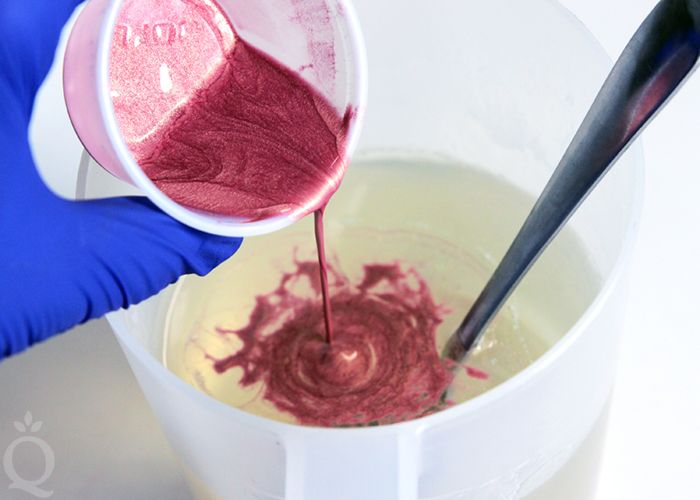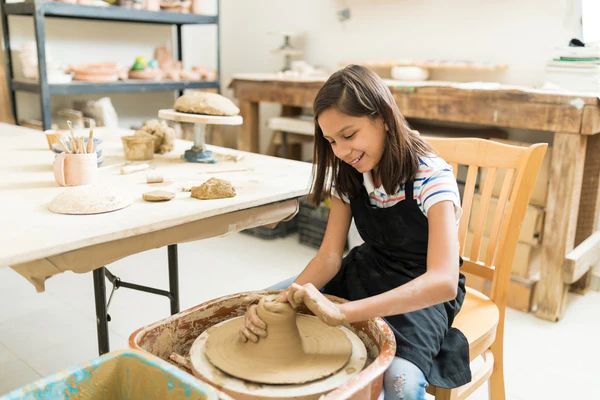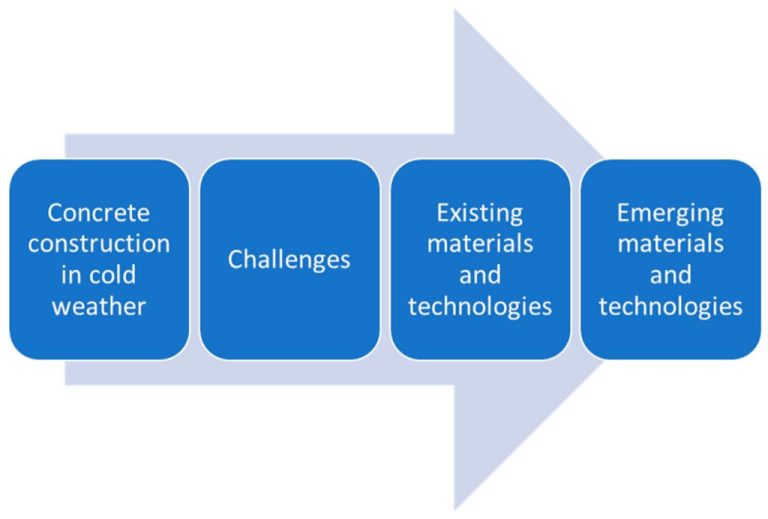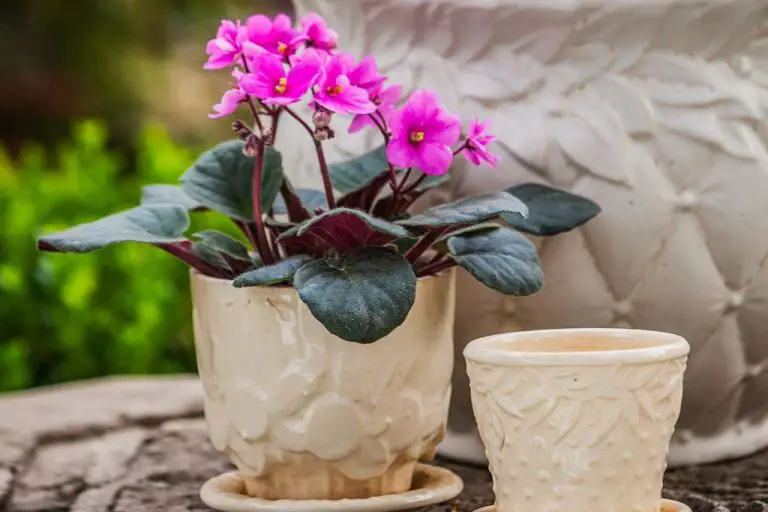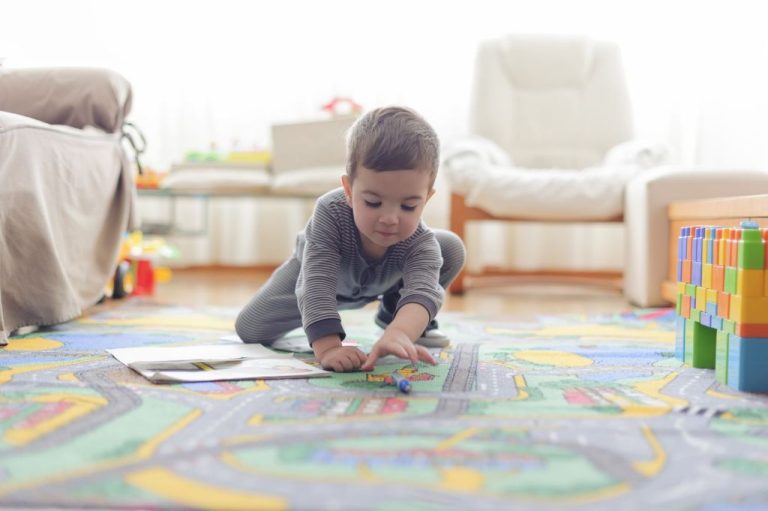Is Pottery Clay Safe For Kids?
Pottery clay, also known as ceramic clay, is clay that is used to make pottery and ceramic wares. It is composed of fine clay particles and is plastic enough to be shaped when wet and hard when fired in a kiln. Pottery clay is commonly used by both adults and children for art projects, creative play, and to make functional or decorative ceramic objects.
Kids may use pottery clay at school, art classes, summer camps, or for fun at home. Working with clay allows children to express their creativity, develop fine motor skills, and explore tactile materials. However, some parents have concerns about whether pottery clay is safe for young children to handle and play with.
Benefits of Clay for Kids’ Development
Playing with clay offers many developmental benefits for children. Molding and sculpting clay improves fine motor skills and hand-eye coordination as kids squeeze, roll, pinch, and manipulate the clay (source). It builds strength in the small muscles of the hands and fingers. Clay play also promotes creativity and self-expression as children create unique objects and artworks from their imagination.
The tactile nature of clay makes it a sensory-rich experience. Kids can feel the clay’s smooth, mushy, and malleable texture. The clay’s bright colors also stimulate vision. All of these sensory experiences aid cognitive development (source). Clay gives kids an endless possibility to create, invent, and problem solve. This open-ended play boosts divergent thinking, planning skills, and emotional regulation.
Common Ingredients in Pottery Clay
Pottery clay is typically made from a few key ingredients (source: https://thepotterywheel.com/what-is-pottery-clay-made-of/):
- Water – Water is mixed with clay powder to provide plasticity and workability.
- Natural clay – Different kinds of natural clay provide essential minerals and texture. Common clays used include kaolin, ball clay, and stoneware clay.
- Hardeners – Substances like silica and grog (pre-fired clay pieces) are added to strengthen fired clay and prevent cracking.
Additional ingredients like deflocculants, oxidizers, and pigments may be used for more specialized clay bodies and desired qualities. But most basic pottery clays contain the core ingredients of water, natural clay, and hardeners according to their formula (source: https://home.howstuffworks.com/green-living/pottery2.htm).
Toxicity Concerns
Some pottery clays contain ingredients that could potentially pose health risks, especially for children. Three main toxicity concerns with pottery clay are lead content, silica dust, and allergens.
Some natural clay deposits contain trace amounts of lead. Lead exposure is especially harmful for kids as it can affect brain development and cause learning disabilities. Manufacturers test clays for lead content and confirm they meet safety standards such as ASTM D4236 [1]. Always check for lead-free certification before purchasing clay.
Clay dust contains crystalline silica which is released in the air during sanding or carving dried clay. Inhaling silica particles can scar lung tissue over time and lead to serious respiratory disease. Proper ventilation, masks, and avoiding unnecessary dry sanding can reduce this risk [2].
Some children may have allergic reactions to clays. Common allergens include plant materials, metals, and preservatives added to the clay. Patch testing on the skin first can identify any allergic response before letting kids handle the clay extensively.
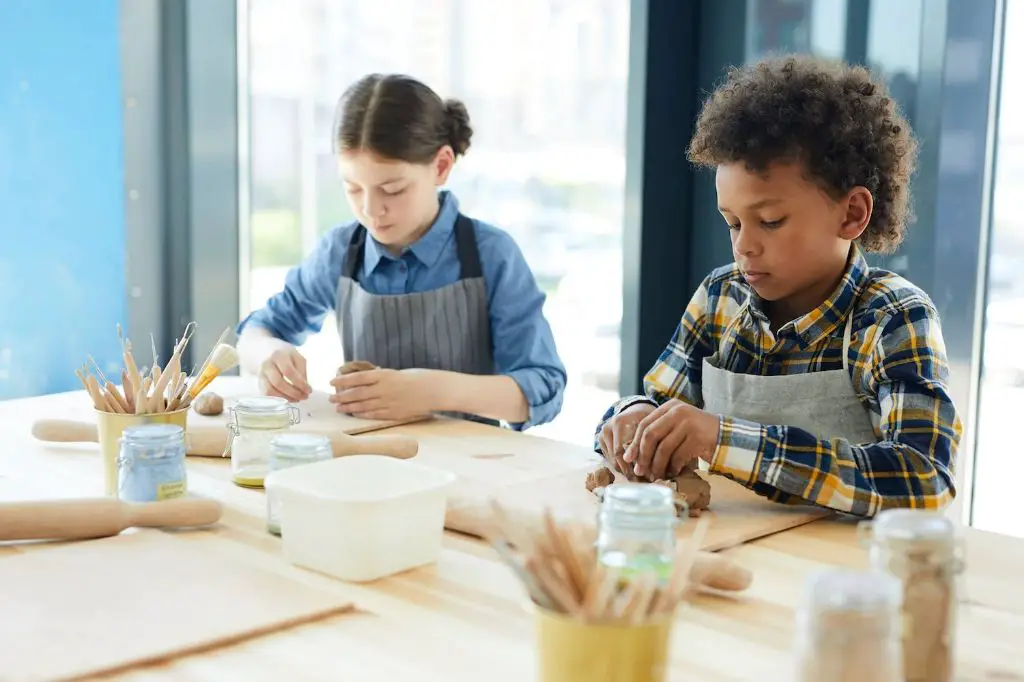
Safety Tips
When using pottery clay with kids, it’s important to take safety precautions. Here are some tips:
- Buy clay from reputable brands that are labeled non-toxic and safe for children (http://www.southtexascollege.edu/academics/visual-arts/safety/ceramics.html). Avoid no-name or imported clays that don’t provide ingredient information.
- Closely follow the manufacturer’s instructions and age recommendations.
- Supervise children when working with clay and don’t allow them to eat or drink during use. Ensure they wash hands afterwards.
- Avoid cross-contaminating clay with food and store clay sealed away from edibles. Don’t allow clay worksurfaces near food prep areas.
Taking basic precautions helps minimize risks when kids work creatively with pottery clay.
Non-Toxic Clay Alternatives
There are several popular non-toxic clay alternatives for kids that provide similar tactile benefits to conventional pottery clay without the potential toxicity concerns.
Play dough is a very common kids’ modeling compound made from water, salt, flour, cream of tartar, cooking oil, and food coloring. It has a soft, doughy texture that is easy for small hands to manipulate. Play dough is completely non-toxic, though some children may try to eat it, so supervision is still required. Popular brands like Play-Doh are designed to be safe even if ingested.
Kinetic sand is made of regular sand coated in a waxy binding agent that helps it hold its shape for molding and sculpting. It provides unique physical properties letting kids shape it like clay, yet also allows the sand to flow like a liquid. Kinetic sand won’t dry out like clay and has no toxic concerns. Leading brands like Kinetic Sand are certified non-toxic.
Air-dry clay is a popular pottery clay alternative made from natural ingredients like cornstarch, glue, and baking soda mixed with water. It can be molded just like regular clay, but dries naturally into a hard sculpture overnight without needing to be fired in a kiln. Air-dry clay is non-toxic and safe for kids. Brands like Crayola Air-Dry Clay are designed to be child-safe.
Age Recommendations
Most experts recommend introducing pottery clay to children over 3 years old. At this age, kids have better motor skills and can follow basic safety instructions. According to Soul Ceramics, pottery is an ideal activity for kids older than 4 years old, as they can start to follow multi-step directions for projects.
It’s important to closely follow the label instructions on any pottery clay product. Labels indicate the minimum recommended age. For example, Crayola Model Magic clay is rated for children ages 3 and up, while Sculpey Polymer Clay is rated for ages 13+. Using an age-appropriate clay reduces safety risks.
For kids under 10 interested in wheel throwing, most pottery studios require close parental supervision and a case-by-case evaluation, as the wheel requires more coordination. According to a discussion on MakeICT.org, kids under 16 need special approval to use a pottery wheel given safety concerns.
Proper Storage
Proper storage is key to keeping pottery clay moist and usable over time. Clay should be stored in an airtight container to prevent air exposure and moisture loss (Seattle Pottery Supply). Thick plastic bags that fully seal work well for storing clay, especially when double bagged. Placing the sealed clay bags into plastic storage bins or buckets creates another barrier against air and humidity.
Exposure to humidity is clay’s worst enemy, as moisture in the air causes clay to absorb water and become sticky or mushy. Storing clay in a cool, dry area avoids humidity. Adding desiccant packs to the storage container will help absorb any ambient moisture (Pottery Crafters). With proper sealing and dry storage, pottery clay can stay fresh for months.
Signs of a Reaction
Some common signs of an allergic reaction to pottery clay include a rash or skin irritation, breathing issues, and other symptoms. According to one Reddit user’s experience shared on r/Pottery, handling clay caused an itchy rash similar to dermatitis on their hands both times they worked with it in class (Pottery). Other sources note that an itchy rash or skin irritation is a common sign of contact dermatitis caused by exposure to allergens present in clay (VMV, Spinning Pots).
Breathing issues like wheezing, coughing, or shortness of breath can also indicate an allergic reaction, especially to airborne clay dust particles. The cobalt found in some clays is a common allergen known to cause breathing problems for susceptible individuals (VMV). In severe cases, swelling of the lips, face, tongue, or throat may occur with other symptoms like hives, dizziness, and vomiting. If any severe symptoms appear after using pottery clay, seek medical attention immediately.
Conclusion
With some basic precautions, pottery clay can be a safe and enjoyable sensory material for kids. While all pottery clay contains some toxic compounds like silica and heavy metals, the amounts are quite small in most quality clays. As long as you supervise your child closely, avoid contamination from food, dirt or saliva, and store the clay properly in an airtight container, the risks are low.
The key is avoiding ingestion. As long as the clay stays external and does not get inside the body, it will not pose any health risks. Sensitive individuals may experience skin irritation from prolonged handling, so watch for signs of redness or rash and stop use if these occur. For children under 3 years old, it’s best to use clays labeled non-toxic.
Overall, pottery clay can stimulate a child’s senses and be a fun medium for creative expression with proper precautions. Supervise closely, avoid contamination, use non-toxic clay when possible, and stop use if any concerning reaction occurs.

